Camera Filter What Does It Do ?
A camera filter is an optical accessory that is placed in front of the camera lens to modify or enhance the captured image. It can serve various purposes, such as improving image quality, adding creative effects, or protecting the lens.
Filters can be used to control the amount and type of light that enters the camera, resulting in different exposure and color effects. For example, a neutral density filter reduces the amount of light, allowing for longer exposures or wider apertures in bright conditions. A polarizing filter reduces glare and reflections, enhances color saturation, and improves contrast. Color filters can be used to correct or alter the color balance of the image.
Additionally, filters can be used for creative purposes. Some filters, like soft focus or diffusion filters, can create a dreamy or ethereal look by reducing sharpness. Others, like star filters or prism filters, add special effects such as starbursts or light flares. There are also filters designed for specific genres of photography, such as landscape or portrait filters.
Overall, camera filters provide photographers with a versatile tool to manipulate light and achieve desired visual effects in their photographs.
1、 Optical Filter: Modifies light transmission to enhance image quality.
A camera filter is an accessory that can be attached to the lens of a camera to modify the light transmission and enhance the image quality. It is essentially an optical filter that alters the way light enters the camera, resulting in various effects on the final image.
Camera filters serve different purposes and can be used for a variety of creative and practical reasons. Some common types of camera filters include UV filters, polarizing filters, neutral density filters, and color filters. Each filter has its own unique characteristics and functions.
UV filters are primarily used to reduce the amount of ultraviolet light that enters the camera. They help to eliminate the bluish cast that can occur in outdoor photography and protect the lens from scratches and dust. Polarizing filters, on the other hand, are used to reduce glare and reflections from non-metallic surfaces such as water or glass. They can also enhance the saturation and contrast of the image.
Neutral density filters are designed to reduce the amount of light that enters the camera without affecting the color balance. They are commonly used in situations where a slower shutter speed or wider aperture is desired, such as when photographing moving water or capturing long exposures in bright daylight.
Color filters, as the name suggests, add or modify colors in the image. They can be used to create dramatic effects or correct color imbalances in different lighting conditions.
In recent years, with the advancement of digital photography and post-processing software, some argue that the need for physical camera filters has diminished. Many of the effects that filters provide can now be achieved through digital manipulation. However, there are still certain effects that are best achieved in-camera, such as reducing glare or protecting the lens.
Ultimately, the use of camera filters is a matter of personal preference and creative vision. They can add a unique touch to photographs and allow photographers to experiment with different looks and styles. Whether it is enhancing image quality, adding creative effects, or protecting the lens, camera filters continue to play a significant role in photography.
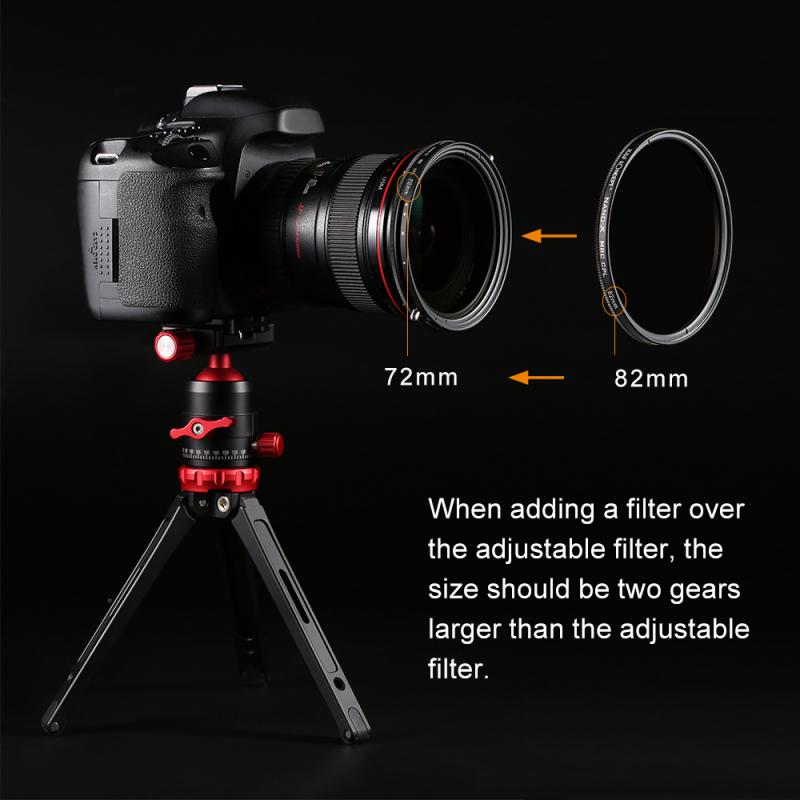
2、 Polarizing Filter: Reduces glare and enhances color saturation.
A camera filter is an accessory that can be attached to the lens of a camera to modify the light entering the camera and ultimately affect the image captured. There are various types of camera filters available, each with its own specific purpose and effect on the final image.
One popular type of camera filter is the polarizing filter. This filter is designed to reduce glare and enhance color saturation in photographs. When light reflects off non-metallic surfaces such as water or glass, it becomes polarized, meaning the light waves align in a specific direction. This can result in unwanted reflections and glare in photographs. By using a polarizing filter, photographers can effectively block these polarized light waves, reducing glare and improving the overall clarity of the image.
Additionally, a polarizing filter can also enhance color saturation. By reducing the amount of scattered light entering the camera, the filter allows colors to appear more vibrant and saturated. This can be particularly useful when photographing landscapes or outdoor scenes, as it can make the colors of the sky, foliage, and water appear more vivid and rich.
From a latest point of view, camera filters have become even more versatile and advanced. Many filters now come with adjustable polarizing elements, allowing photographers to control the amount of polarization applied to the image. This gives photographers greater flexibility and control over the final result, allowing them to achieve the desired effect for each specific shot.
In conclusion, a polarizing filter is a valuable tool for photographers, as it reduces glare and enhances color saturation in photographs. It can significantly improve the overall quality and visual impact of images, particularly when capturing outdoor scenes. With the advancements in filter technology, photographers now have even more control over the polarization effect, making camera filters an essential accessory for any serious photographer.
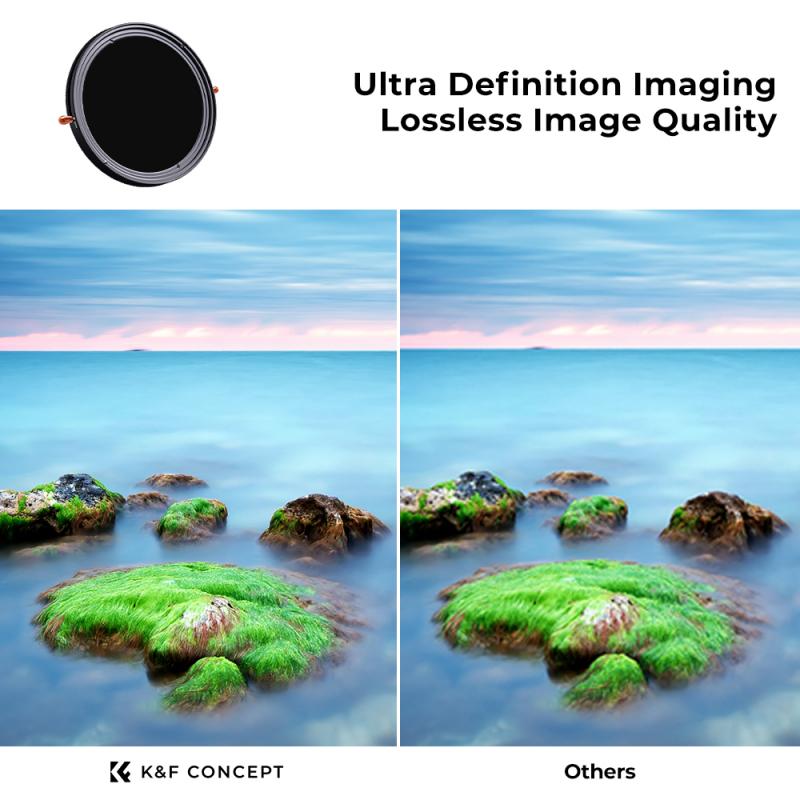
3、 UV Filter: Blocks ultraviolet light to protect the camera lens.
Camera filters are essential accessories that photographers use to enhance their images and protect their camera lenses. One popular type of filter is the UV filter, which blocks ultraviolet light from entering the lens. UV filters were initially designed to protect film from the harmful effects of UV rays, but with the advent of digital photography, their purpose has slightly shifted.
UV filters primarily serve as a protective barrier for the camera lens. They shield the lens from scratches, dust, moisture, and other potential damage. By acting as a physical barrier, UV filters help extend the lifespan of the lens and reduce the need for costly repairs or replacements.
In terms of image quality, the impact of UV filters is debatable. Some photographers argue that modern camera lenses already have built-in UV protection, making the use of UV filters unnecessary. Others believe that UV filters can slightly improve image clarity by reducing haze and atmospheric interference caused by UV rays. However, it's important to note that the effect is often minimal and may not be noticeable in most situations.
Despite the ongoing debate, many photographers still choose to use UV filters as a precautionary measure. They provide peace of mind, especially when shooting in challenging environments such as sandy beaches or dusty landscapes. Additionally, UV filters can be easily cleaned or replaced if they get dirty or damaged, whereas repairing or replacing a camera lens can be much more costly.
In conclusion, while the primary function of a UV filter is to block ultraviolet light and protect the camera lens, its impact on image quality is subjective. Whether or not to use a UV filter ultimately depends on personal preference and shooting conditions.
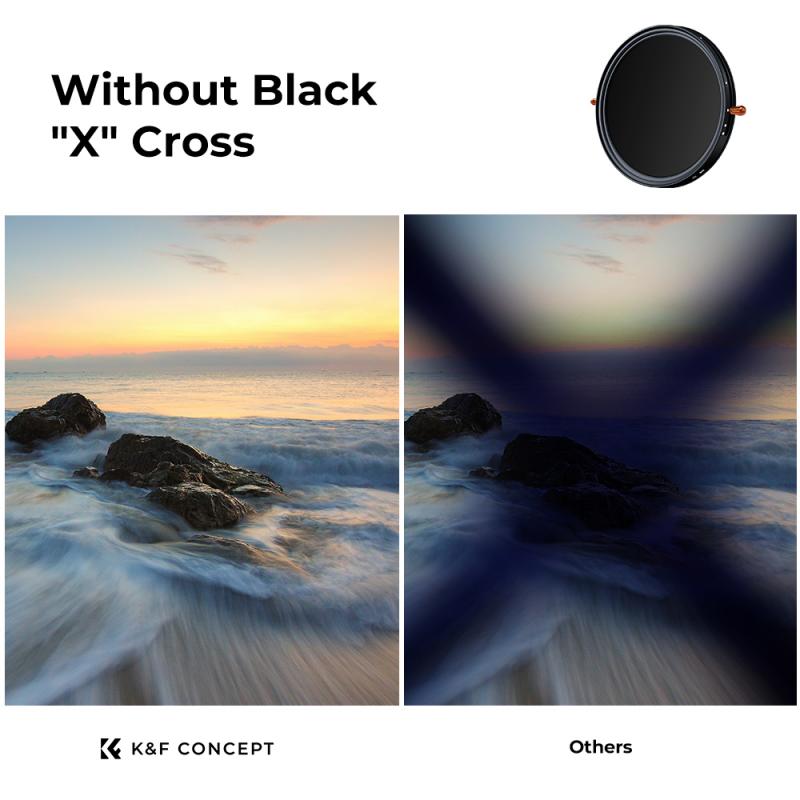
4、 Neutral Density Filter: Reduces light intensity without affecting color.
A camera filter is an accessory that can be attached to the lens of a camera to modify the image being captured. There are various types of camera filters available, each serving a specific purpose. One such filter is the Neutral Density (ND) filter.
The primary function of an ND filter is to reduce the intensity of light entering the camera without affecting the color of the image. It achieves this by evenly blocking all wavelengths of light, resulting in a decrease in overall exposure. This can be particularly useful in situations where there is too much light, such as when shooting in bright sunlight or capturing long exposures.
By reducing the amount of light entering the camera, an ND filter allows photographers to use wider apertures, slower shutter speeds, or both, without overexposing the image. This opens up creative possibilities, such as capturing motion blur in moving subjects or achieving a shallow depth of field in bright conditions.
In recent years, the use of ND filters has gained popularity among photographers and videographers alike. They are especially favored in landscape photography, where they help to create a sense of motion in waterfalls or capture the movement of clouds. Additionally, ND filters are commonly used in cinematography to achieve a more cinematic look by allowing for a wider aperture and slower shutter speed.
In conclusion, a Neutral Density filter is a valuable tool for photographers and videographers, allowing them to control the amount of light entering the camera without affecting the color of the image. Its versatility and ability to enhance creative possibilities make it an essential accessory for many photographers, enabling them to capture stunning images in various lighting conditions.
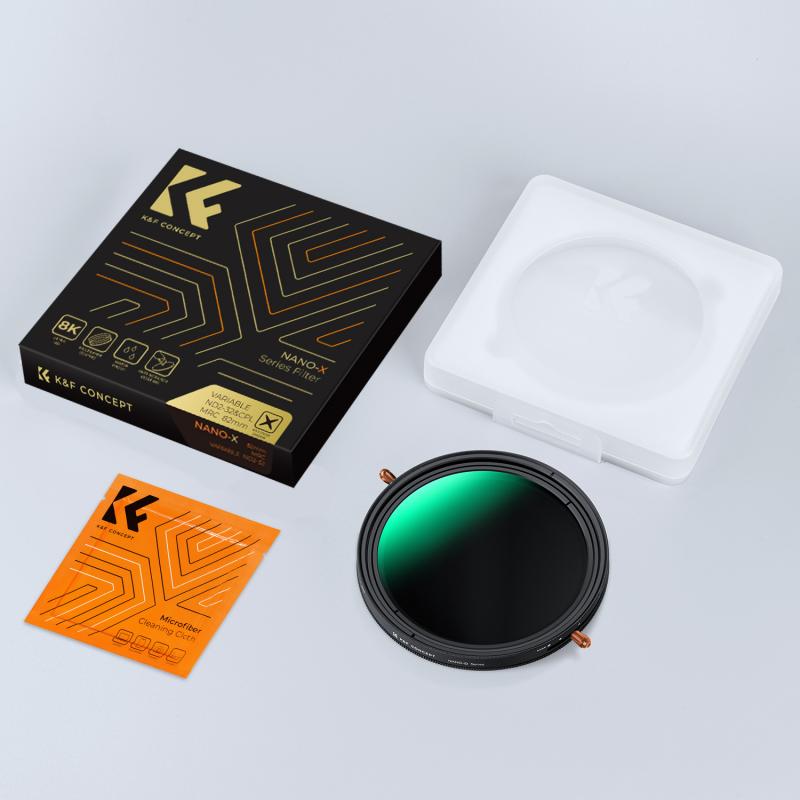




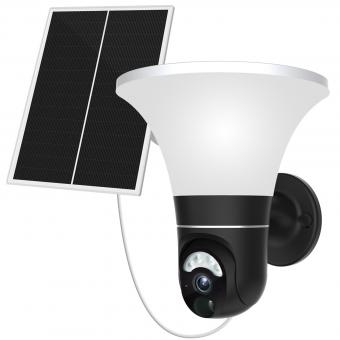

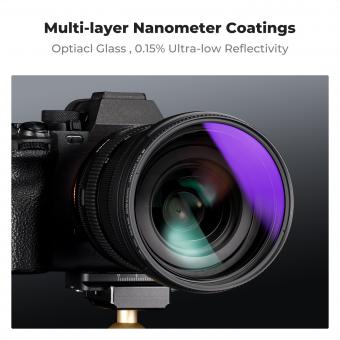

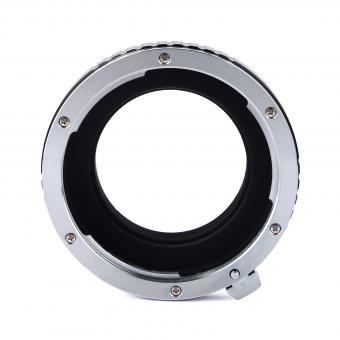

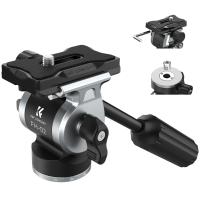




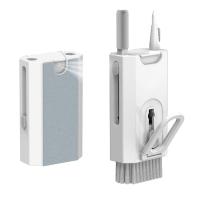
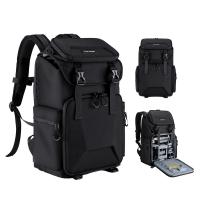
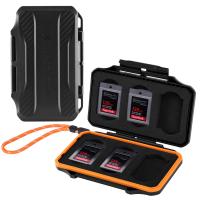


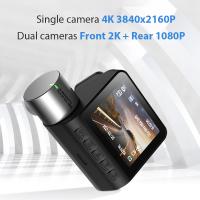



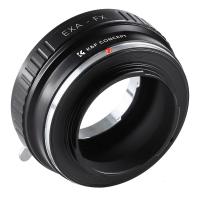


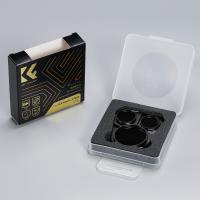
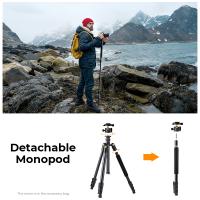
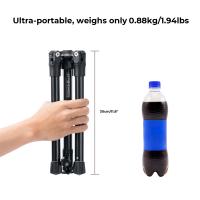
There are no comments for this blog.